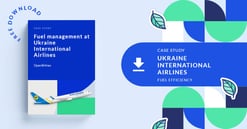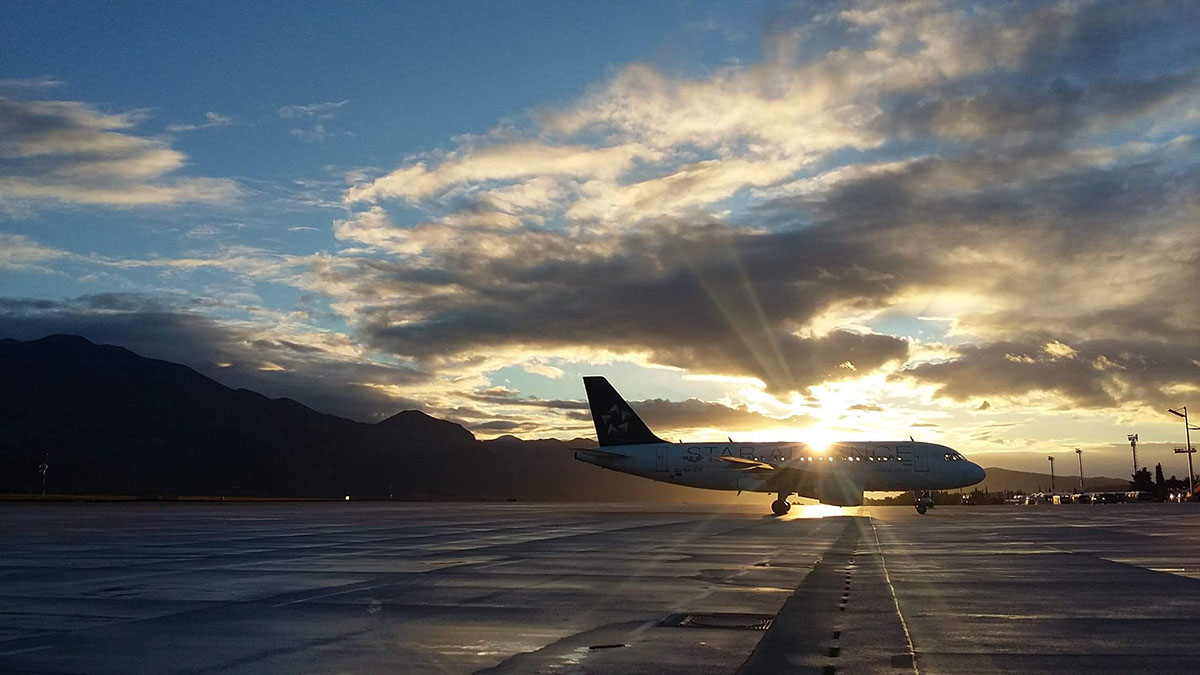How to (properly) compute optimized taxi fuel?
Following my previous article on why optimized taxi fuel matters, you already know that you can at the same time increase safety and reduce you fuel consumption by properly adjusting taxi fuel per departing airport, instead of using flat rates.
Now, you're probably wondering how should you compute the right value to put in your flight planning system?
The poor man’s method is to collect historical OOOI data (e.g. from ACARS) and to exploit them.
The naive approach would be to subtract fuel at take-off from fuel at block-off. Anyone who has gone this path will soon realize that, with this method, aircraft often “create fuel” during taxi!
Indeed, the acceleration of the aircraft + inclination at take-off influence the distribution of fuel in tank and compromise the fuel gauge metering (you have probably noticed the same phenomenon when you drive your car in slopes and descents).
Realizing that the fuel in tank measure cannot be trusted during taxi, some airlines multiply the recorded taxi duration (from OOOI) by OEM values of fuel consumption at taxi.
While this is a better approach, it is still not very accurate.
In the digital world that we live in today, the proper way to compute taxi consumption on each flight is to integrate actual fuel flow from FDR records.
When we compared the actual taxi consumption on a customer of ours with the Time x OEM value model, we were surprised to discover that the simplified model overestimated taxi consumption by 20%.
Now, you could think: how does this 20% difference matter in real life? After all, we are just speaking of fuel planning on a very short phase of flight. Well it does, and this is where the math of fuel efficiency comes into play.
Let’s imagine you have a fleet of 50 single aisle aircraft (e.g. B737 or A320) that operate 50,000 flights a year:
- If you plan 20% extra taxi fuel, this may represent 40kg out of 200kg (or 88 lbs out of 441 lbs).
- With a small cost of weight (or cost of carrying the fuel) of 10%, these 40kg unnecessary fuel would lead to 4kg (or 8.8 lbs) extra fuel burn on each flight
At the end of the year, you will have wasted 200,000 kg or 441,000 lbs.
Isn’t that worth a little effort?
Of course, with a fuel management system like SkyBreathe, you can automate these computations, include APU on ground consumption, update values on a regular basis and fine-tune them by parking point/runway combination, time of day, day of week, etc.
Now, take this little test to find-out where you stand:
☐ In your flight planning system, do you set the same value for taxi fuel at each airport?
☐ If you do adjust this value for each departing airport, how do you measure historical taxi fuel?
☐ How often do you update it?
☐ How deep in your analysis do you go (do you consider time of day, day of week, parking points, etc.)?
READ MORE:
Want to learn more about airline fuel efficiency?
Discover case studies and stories from airlines that have been there:




